About 50 or so pages into reading Lean and Strong, by Josh Hillis, somewhere in the chapter about eating skills, it dawned on me: This book answers the question, “How do you get leaner in a physically and psychologically healthy way without counting calories, tracking macros or following any specific diet, let alone a restrictive diet?”
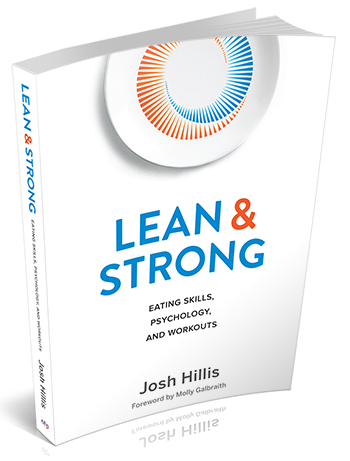 If you’re looking for a “diet”, replete with good and bad food lists, exact macros, strict rules, prescriptive meal plans, and the ubiquitous supplements, this isn’t it. Lean And Strong is not about dieting, it’s about changing your behavior and mindset.
If you’re looking for a “diet”, replete with good and bad food lists, exact macros, strict rules, prescriptive meal plans, and the ubiquitous supplements, this isn’t it. Lean And Strong is not about dieting, it’s about changing your behavior and mindset.
Some people might say the book is about building good thinking, eating, and workout habits. Arguably it is, except that Hillis reframes this inside a new paradigm he refers to as developing skills. The word skills is preferred because it’s understood that if you work on a skill, you keep getting better at it.
The key word linked to skills is practice.
From this perspective, you realize that like a musician, if you’re gritty enough, you’ll ultimately approach mastery, though never quite get there. But it’s a journey, not a destination, and it’s never about perfection. You’ll always make mistakes, and lots at first. But if you see it as practicing skills, it’s okay, because you learn from your mistakes as well as your success. You also realize you can’t expect to be an expert the first time you try something.
The skills taught in Lean and Strong include thinking skills, food skills, and workout skills. They’re presented as guidelines, rather than rules (another key reframe, and big difference between this and almost every pop diet book).
You learn simple practical food skills like how to plate meals that give you balanced macros without actually counting them. You learn to avoid unplanned snacking outside of meal times. Some of the core skills are inspired by intuitive eating. This includes distinguishing internal signals of hunger and fullness from thoughts or cravings, and eating to satisfy physical hunger, not to cope with stress or emotions.
You learn to listen to your body, eat mindfully, and eat slowly, without screens or distractions (be present). Hillis also mentions that skills from intuitive eating can be combined with specific guidelines – they’re not mutually exclusive (IMHO, I don’t even think meal planning and intuitive eating necessarily oppose each other. I believe they can be combined as well, if you so choose).
In addition to the eating skills, Lean and Strong teaches psychology skills. The book is filled with them. Here are four I think are especially powerful.
1. Use Implementation Intentions (If-Then Planning)
At one point, the book suggests that goal setting isn’t effective for weight loss. Taken at face value, I would not agree. Taken in context of “goals by themselves” aren’t effective as goals combined with other psychological skills, I agree wholeheartedly. A goal alone is not nearly as effective as a goal with plans for overcoming obstacles.
Psychologists created implementation intentions as a form of obstacle planning. You create a statement that says, “If obstacle X shows up, then I’m going to do Y to overcome that.” People who practice this skill literally double their rate of goal achievement.
2. Reflect On Your Values And Use Them To Guide Decisions
Values are what’s important to you, including character strengths or an identity you aspire to. Hillis proposes that you’ll get the best results when, instead of focusing only on the results, you work on being the kind of person you want to be. Values may include things like responsibility, integrity, honesty, hard work, freedom, health, fitness, strength, challenge, self-care, personal growth, family, community, spirituality and the list goes on.
Your values drive your intrinsic motivation. This is far more lasting than rewards of the external kind. Once you know your values, you adjust your actions and make decisions to match them. This inevitably leads to success and happiness.
3. Pursue Excellence, Not Perfection
Perfectionism, which could mean chasing society’s ideals, or any form of all-or-none thinking, is one of the biggest causes of failure. An alternative is pursuing excellence. People who pursue excellence know that in any worthwhile pursuit, you’re going to make mistakes.
When you’re a perfectionist and you make a mistake, you see a failure. Then you’re more inclined to quit. When you’re pursuing excellence and you make a mistake, you keep practicing or studying. Plus, you see the experience with self-compassion – you don’t beat yourself up.
4. Be Flexible, Not Rigid
The least successful people in weight control tend to make choices from rigid extremes. The opposite is flexibility. This doesn’t mean there’s no structure or guidelines, it means you see more than two choices. You remind yourself there’s a continuum of options, never just good or bad, on or off.
This applies to workouts as well as food. It’s all too easy to say, “If I can’t do the whole 60-minute workout, I might as well do nothing.” The truth is, any workout is better than no workout. Black or white thinkers almost always fail in the end.
You learn many more psychology skills in the book.
The additional skills include how to tap into intrinsic motivation (self-determination theory / SDT), one of the most important topics you could study, as it pertains to fitness and weight control for life. You also hear about Acceptance and Commitment Therapy / ACT (thought acceptance), defusion, self-care, mindfulness, and a lot more.
The psychology parts were the most fascinating and valuable for me, but there’s a ton of great training info as well, also approached from the angle of skills and practice. The workouts are presented with photos, charts, and instructions for sets and reps. There’s an explanation of periodiziation that’s nicely simplified, a big plus because this topic gets over-complicated by gurus.
The emphasis is on strength, using compound exercises with barbells, dumbbells, kettlebells, and cables. Josh included stretching and mobility work, as well as some body weight exercises. These aren’t hypertrophy or body part split routines a bodybuilder (like myself) would typically follow. But since 95% of fitness enthusiasts are not pursing maximum muscle bulk or cosmetic physique goals only, I’m sure the vast majority of trainees will enjoy them.
The workouts include staples like squats, deadlifts and presses, while also introducing unique exercises not everyone typically does. You’ll get a metabolic effect with moves like kettlebell swings, and battling ropes, but no long, punishing cardio is required. Walking is recommended (did you know it helps you beat stress-induced sugar cravings?)
If there’s any downside to the book, it might be the size and sheer amount of information (353 pages). In the author’s own words, the book “grew into a monster.” It could have been two or three volumes. But because the psychology is applied to the eating and workouts through the entire book, putting it all together in one place makes perfect sense. Besides, strength training is too often missing in weight loss programs. Plus, Hillis summarizes the whole program up front in the span of 20 pages.
There’s considerable repetition, but it’s helpful for reinforcing and learning (practice means getting the reps in). I took almost three weeks to read the whole book and for me slowly was the ideal way. I don’t think this one is best to speed read once and then put away. It’s best to keep it open on your desk and revisit it as you practice the skills while reading at the same time. A lot of that time I spent looking up dozens of the studies listed in the references (this is a well-researched and evidence-based book).
Who is this book best for?
Lean and Strong may not be the book for people who want to build huge muscle mass, get shredded abs, or compete in a physique contest. It may not be the book for people who actually do want to track calories and macros and need to know how to calculate those numbers.
However, it gets the highest recommendation for anyone who has been trapped in the dieting, losing, and regaining weight cycle, especially those looking to manage eating without macro math. It’s also a great resource if you struggle with emotional or mindless eating. If you’re interested in the psychology of weight loss, this a must-read.
This book is conversational in tone, and written for the consumer, but also a great resource for fitness and nutrition pros who want to help their clients stick to their plans better and weather the inevitable ups and downs. The fitness journey is not always smooth sailing, but anyone who learns the skills in this book can overcome anything, and stay lean and strong for life.
Lean And Strong is available in paperback on Amazon at: https://amzn.to/3dG5ee5
Related content:
Drive By Daniel Pink Book Summary And A Deep Dive Into Intrinsic Motivation (blog)
Mastery By George Leonard Book Review (blog)
How All Or Nothing Attitudes Sabotage Your Fitness Plans (blog)
Flexible Dieting Is Not The Opposite of Meal Planning (blog)
Beyond Goal Setting: How To Double Your Success Rate With Implementation Intentions (members only)
The Burn the Fat Feed The Muscle Guide To Intuitive Eating (members only)
Disclosure: Burn the Fat Blog posts may use affiliate links to third-party websites and online stores, including Amazon, and may earn a commission if products or books are purchased, at no cost to you. We never link to products we haven’t used or books we haven’t read and fully recommend and endorse. However, always do your own due diligence if purchasing from a third party merchant on the internet.

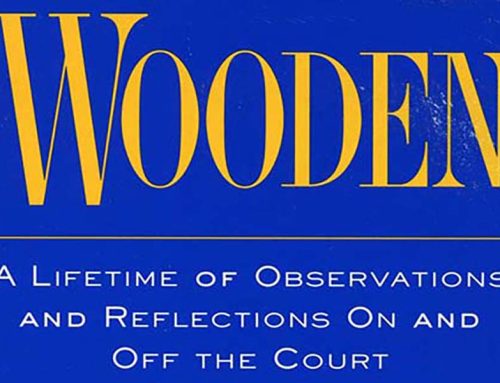
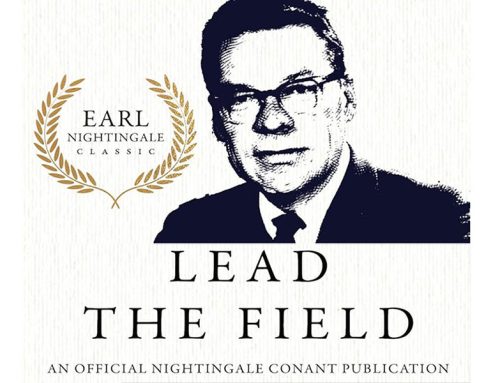
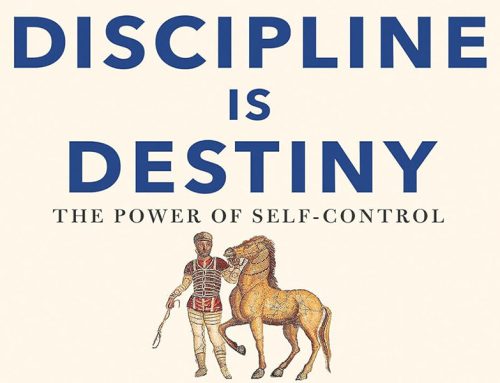
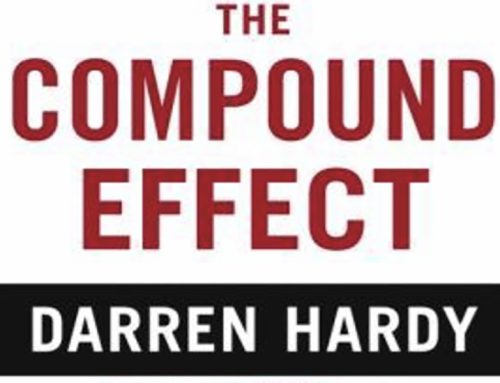
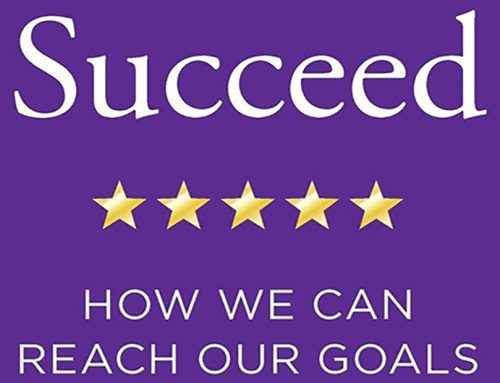
Leave A Comment